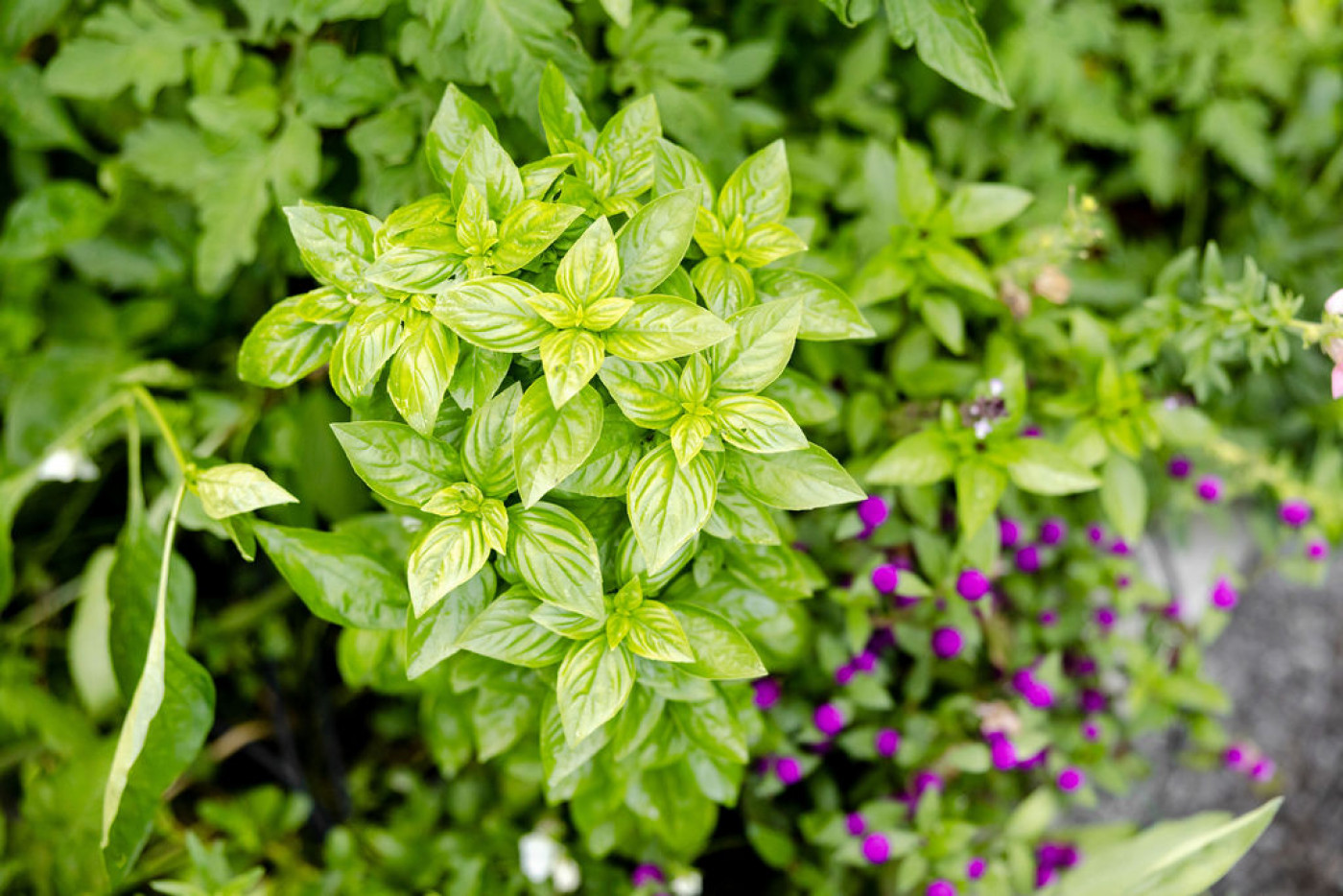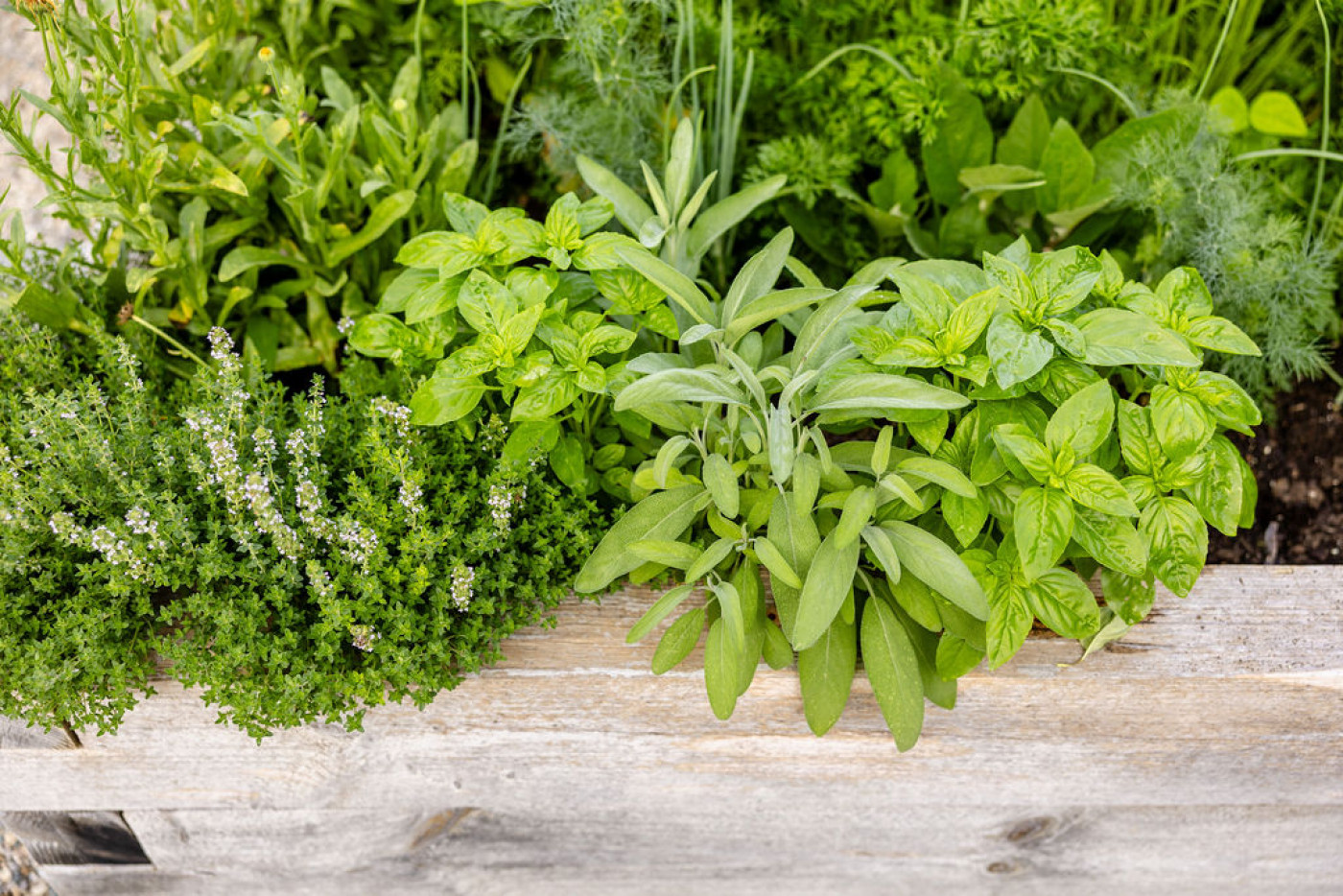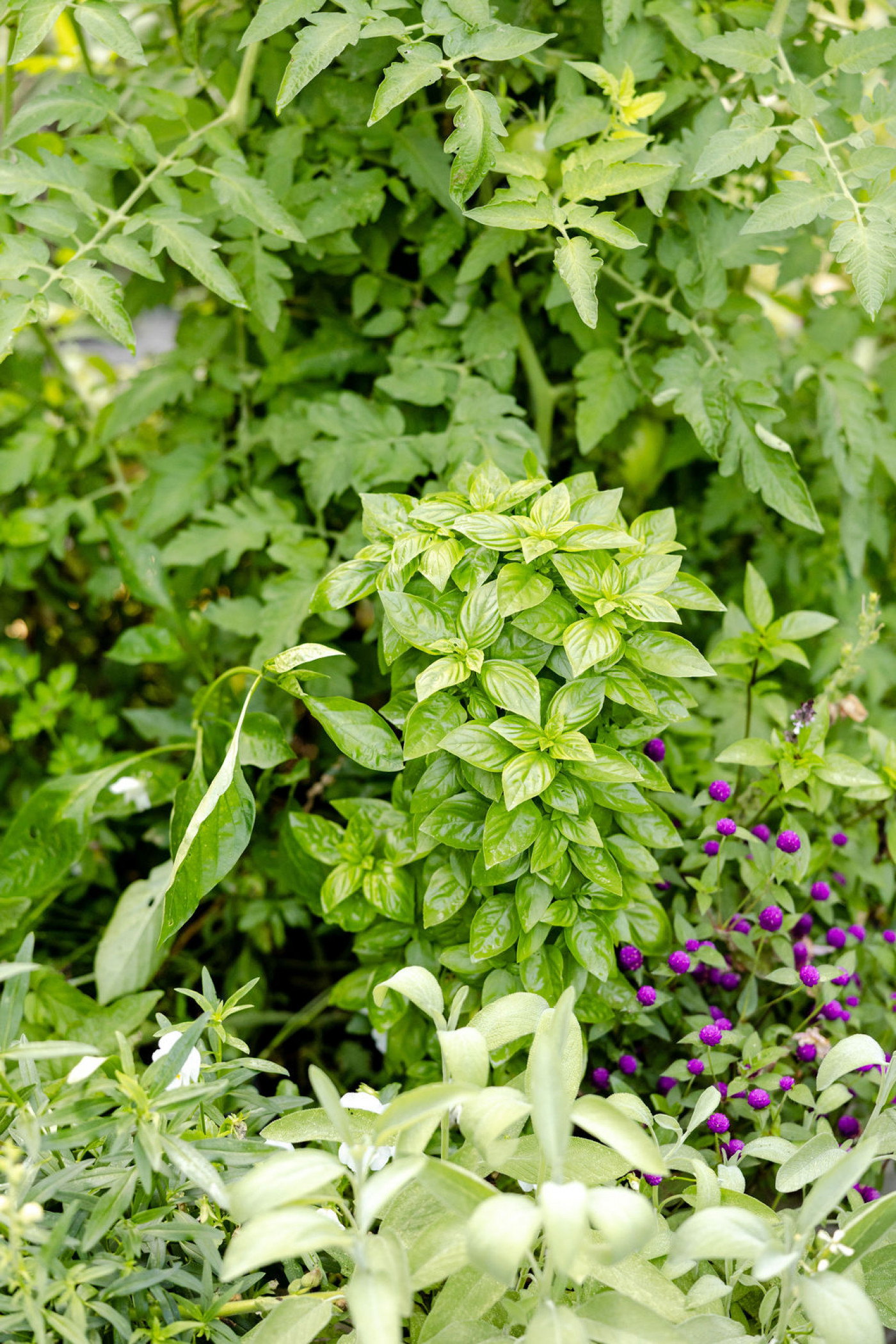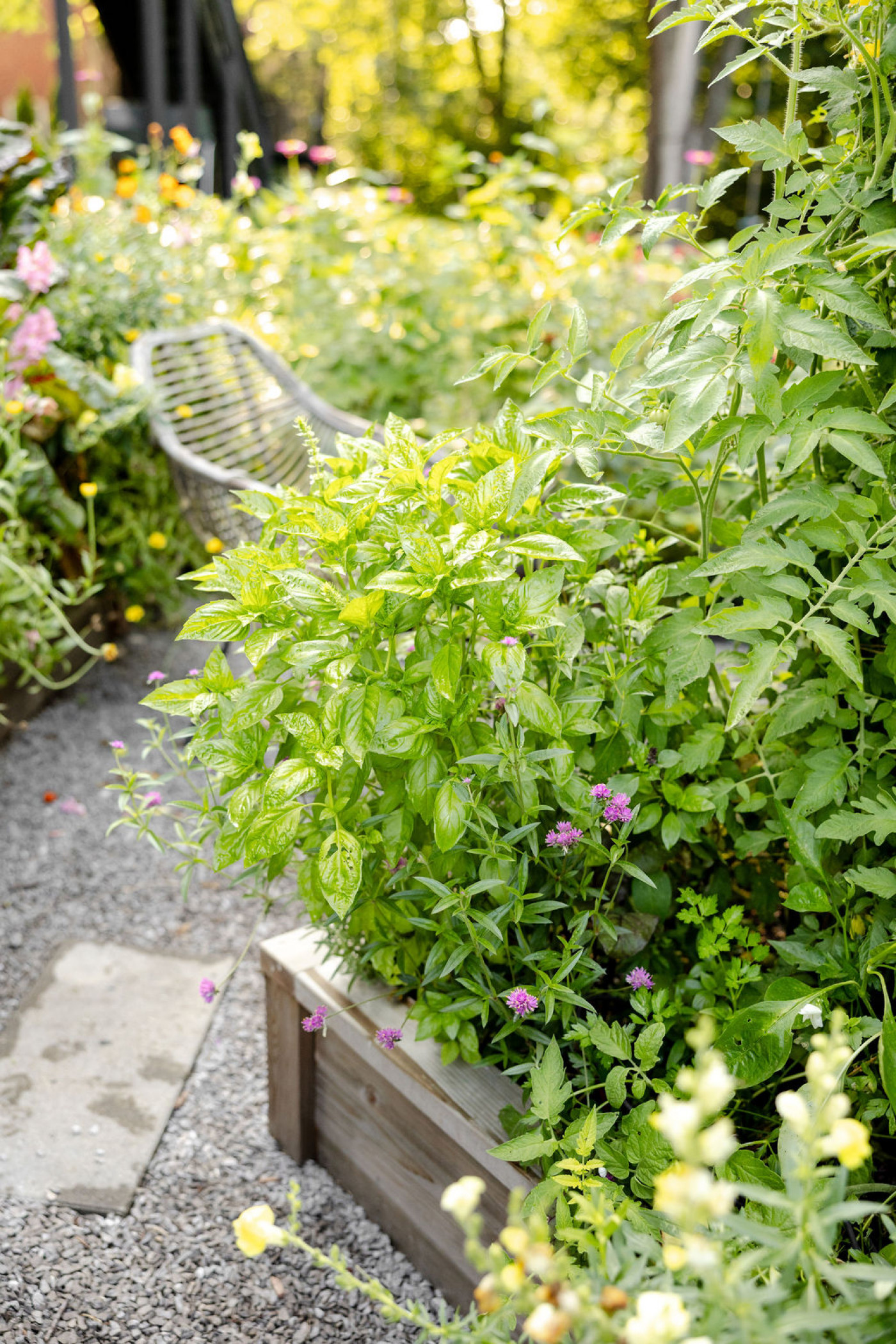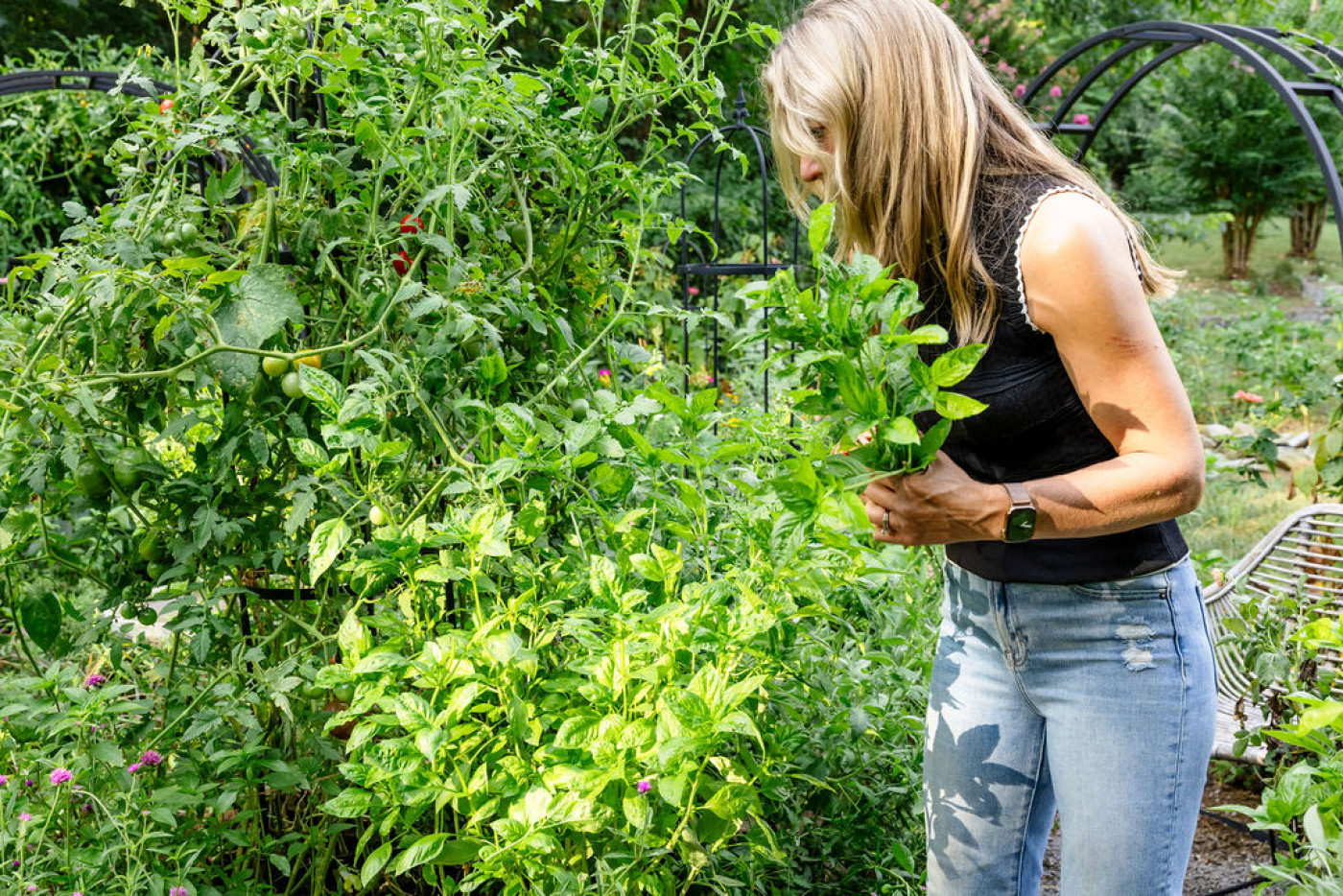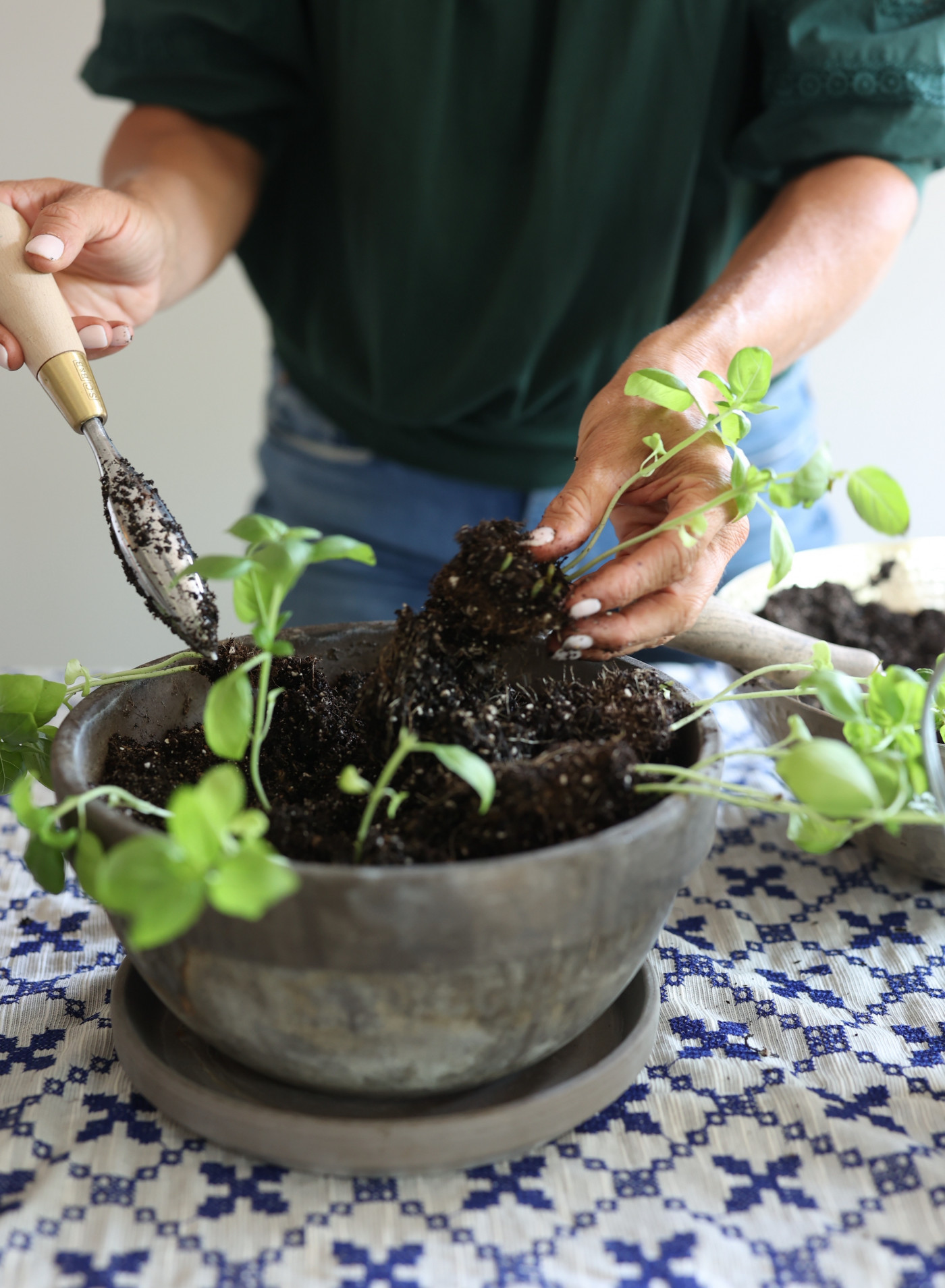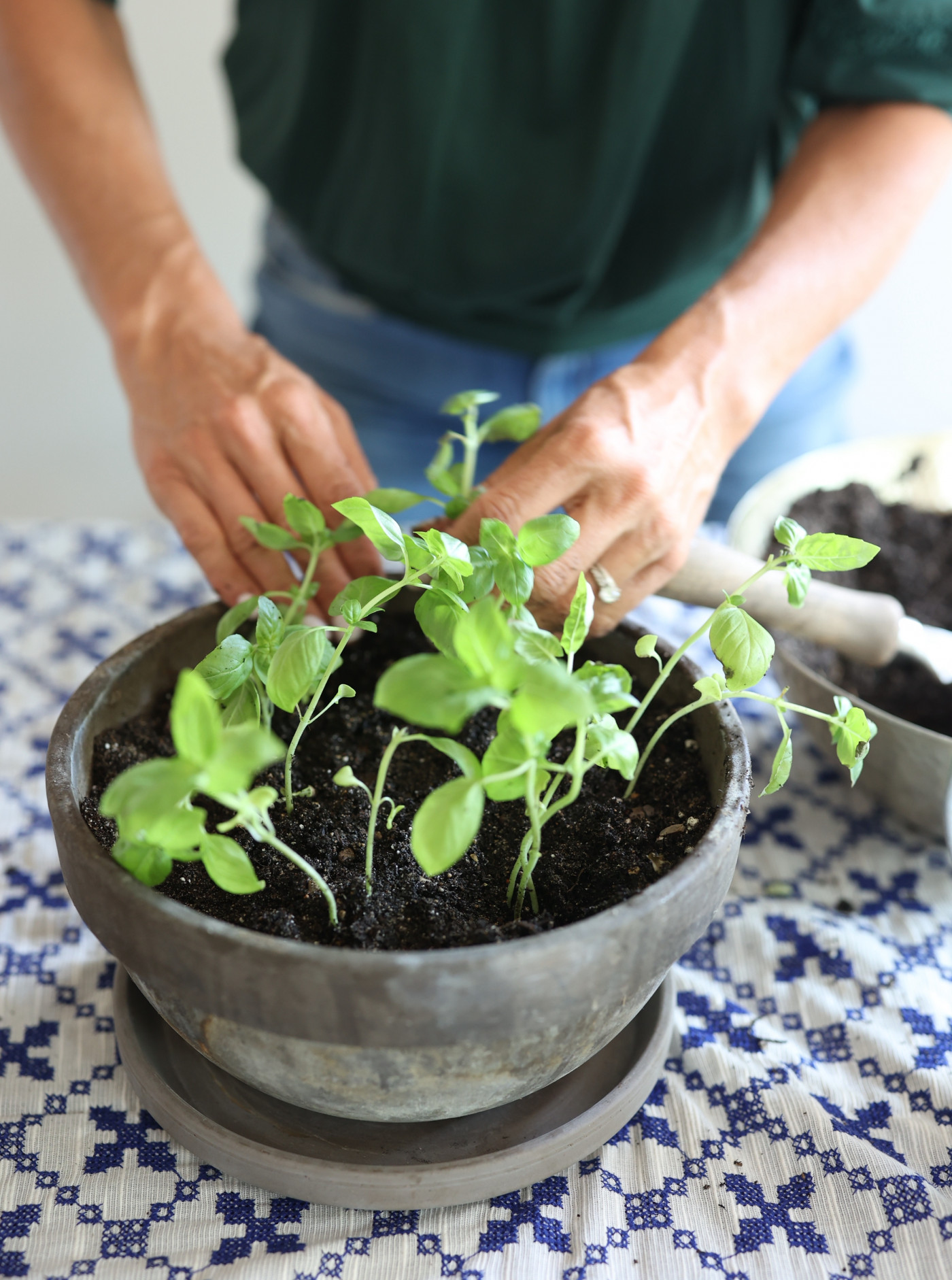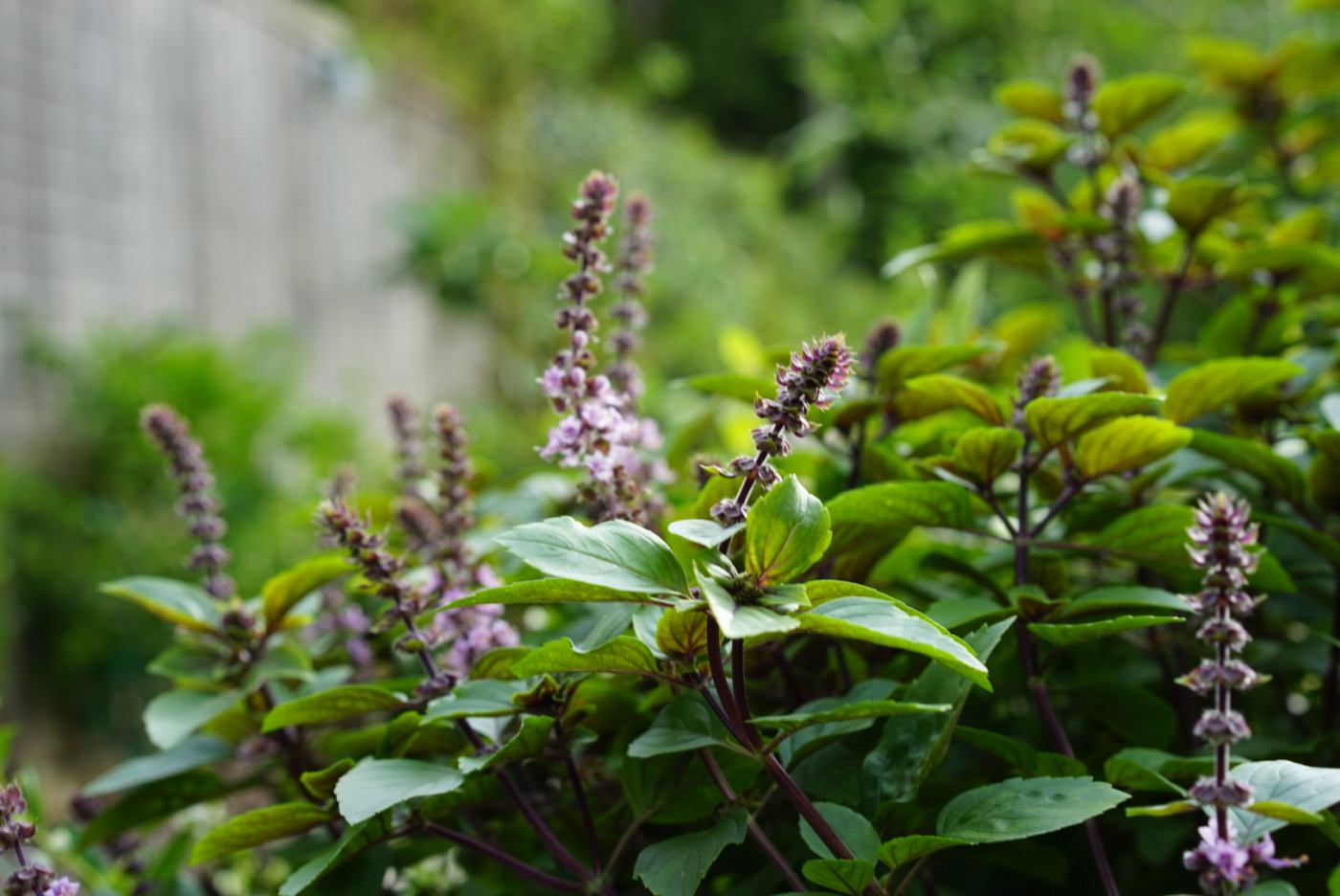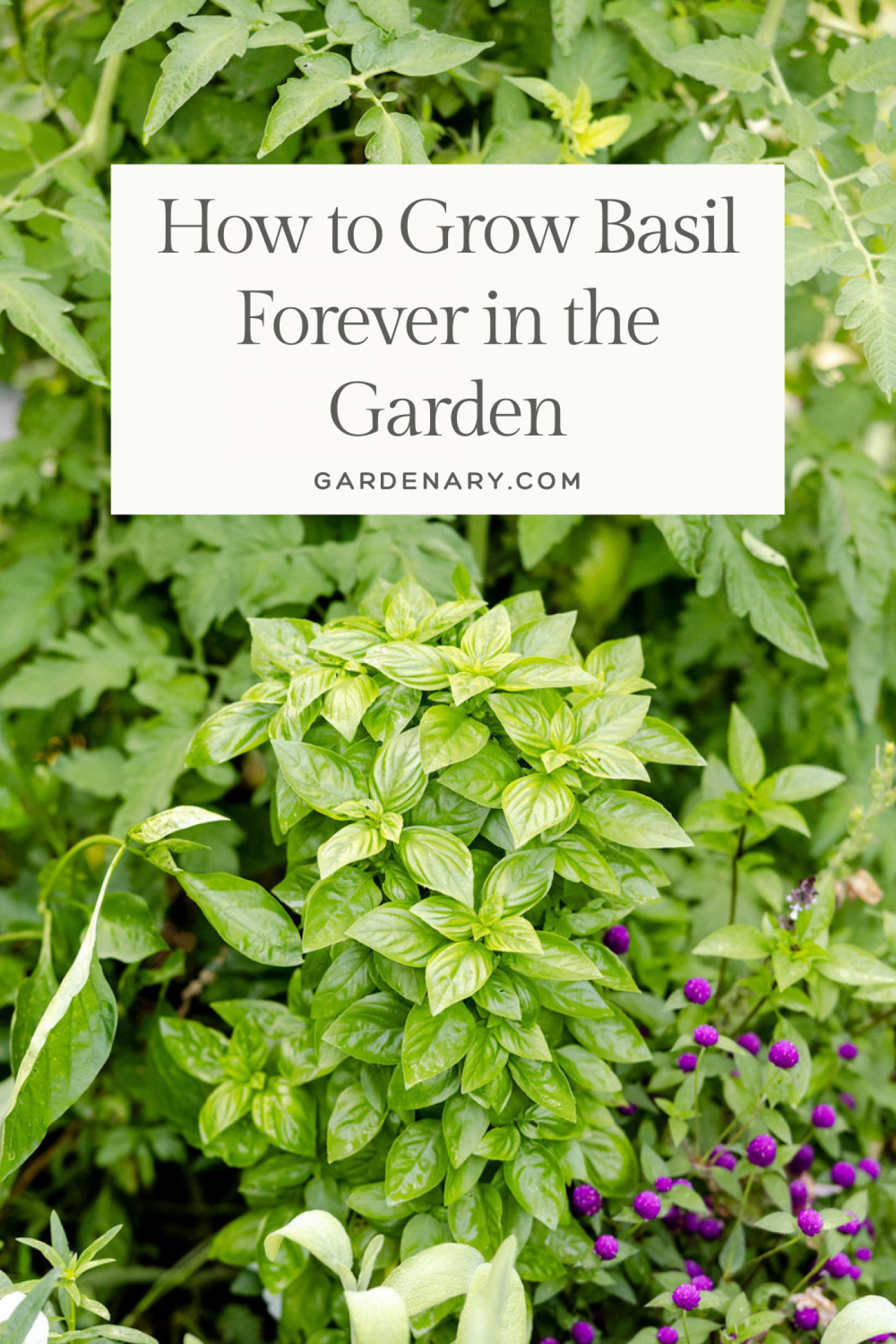Did you know a single $4 basil plant could provide you with fresh herbs for life? Grocery store basil is expensive, often flavorless, and wilts in days. But if you know how to properly plant, prune, and propagate basil, you’ll enjoy a lush, never-ending supply—without breaking the bank. In this guide, we’ll walk through everything from choosing your first plant to saving seeds for future seasons, plus tips for dealing with pests and storing your harvest.
At a Glance
- A single basil plant can provide a lifetime supply when grown, pruned, and propagated the right way.
- Harvesting stems above leaf nodes, rooting cuttings, and saving seeds keep basil producing season after season.
- Basil is cost-effective, easy to grow, and simple to preserve—making it one of the best herbs for any home garden.
Prefer to watch?
See it all in action right in my garden! In the video below, I’ll walk you through how to harvest basil the right way, propagate new plants from cuttings, and tackle common pest problems—step by step.
Meet Basil: The “Weird Cousin” in the Mint Family
Basil (Ocimum basilicum) belongs to the mint family, Lamiaceae, alongside familiar herbs like rosemary, thyme, sage, and oregano. Many of these relatives are hardy perennials that return every spring, but basil is different—it’s an annual. That means basil grows for a single season and dies completely once temperatures drop.
While that might sound like a disadvantage, basil’s annual life cycle is part of what makes it so flavorful and productive. With proper care, you can grow basil year after year by saving seeds, propagating cuttings, and growing it indoors over the winter. Once you master a few simple techniques, basil becomes one of the easiest herbs to keep in rotation.
When to Plant Basil
Basil is not frost-tolerant. Plant it only after your last frost date and harvest before the first frost of fall.
You can:
- Start seeds indoors about 30 days before transplanting.
- Buy a starter plant at your local nursery for a faster harvest.
- Choose organic varieties for better flavor and health.
A single $4 basil plant can easily give you $40 worth of fresh herbs in one season if harvested correctly.
The Secret: How to Harvest Basil for Endless Growth
Most gardeners make one mistake: they pluck off individual leaves. This stunts growth and shortens the plant’s lifespan.
Instead, use this simple technique:
- Find a leaf node. Look for a pair of leaves growing opposite each other on the stem.
- Cut just above the node. This encourages two new stems to grow, doubling your future harvest.
- Repeat regularly. Frequent pruning keeps basil bushy and productive.
With every cutting, you’re not only harvesting for your kitchen—you’re also creating more growth points for future leaves.
And to make harvesting even easier, grab the Gardenary Harvesting Tool Set. It’s designed to help you snip everything from delicate herb stems to hearty leafy greens, take clean cuttings for propagation, and keep your plants thriving season after season.
How to Root Basil Cuttings
Here’s the trick to having basil all year:
- Take your freshly cut stem and trim it at an angle.
- Place it in a jar of water in a bright, indirect light location.
- Wait for roots to form, then replant indoors or outdoors.
This way, you can propagate new basil plants for free, even in the off-season.
Using and Preserving Your Basil
Once you start pruning the right way, you’ll have more basil than you know what to do with. Here’s how to enjoy every leaf:
- Fresh: Toss it in salads, caprese, pasta, or sandwiches.
- Oil preservation: Blend basil with oil, freeze in cubes, and use it in winter cooking.
- Drying: Tie stems together, hang in a cool, dark space until brittle, then store in amber jars.
- Seed saving: Let some plants flower and set seed at the end of the season for next year’s crop.
Your Year-Round Garden Planner
Stay on track every season with the Gardenary Seasonal Planner Bundle. Four beautifully designed planners to guide your planting, tending, and harvesting—so you always know what to do, and when.
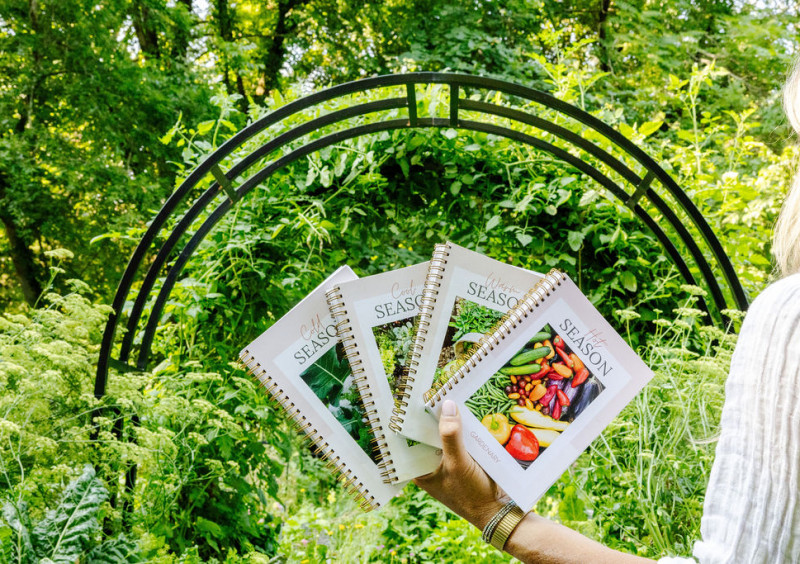
Seed Saving: Basil for Life
To create a truly endless supply of basil, let a few plants go to seed at the end of the growing season. When basil flowers, the blooms eventually dry out and form seed pods, each holding tiny black basil seeds.
Collect these seeds once they’re fully dry and store them in a cool, dark place. Next spring, sow your saved seeds, and the cycle begins again—no need to purchase new plants. Over time, saving seeds also helps you select plants best adapted to your local climate.
Managing Pests and Plant Health
Basil is low maintenance, but pests like aphids, caterpillars, and spider mites can appear. Keep your basil healthy by:
- Pruning regularly to encourage new growth.
- Removing debris around the base to block pests.
- Cutting off damaged leaves as soon as you see holes or discoloration.
- Propagating healthy cuttings if a plant becomes too damaged.
Never remove more than one-third of a plant at a time, or it may struggle to recover.
Gardenary's Organic Pest Control Method
Stop fighting pests. Instead, start gardening with them in mind. No panic. No harsh sprays. No endless guessing. Just a thriving, abundant garden that practically protects itself. With the Organic Pest Control Method, you’ll learn the exact steps I take to grow naturally and confidently, season after season.

The Math: Why Basil Is a No-Brainer Herb
Store-bought basil costs $3–$5 per ounce and often lacks the rich flavor of homegrown herbs. Growing basil yourself is not only rewarding but also incredibly cost-effective. One $4 plant can yield 10–15 ounces of fresh basil in a single season, and with a little effort, you can easily propagate cuttings to grow dozens of additional plants at no extra cost. By saving seeds from just one plant, you’ll have enough to replant year after year—making your initial investment stretch indefinitely.
Basil’s high yield, versatility, and low-maintenance care make it a must-have herb for every gardener, no matter your skill level or space. Whether you grow it in a raised bed, a container, or on a sunny kitchen windowsill, basil will reward you with fragrant, flavorful leaves all season long—and enough seeds to keep the cycle going forever. Once you learn the simple steps of pruning, propagating, and preserving your basil, you’ll never need to buy a grocery store bundle again.
If you’re ready to take your gardening to the next level, basil is just the beginning. With the right tools, seeds, and guidance, growing your own food can feel simple and stress-free. That’s exactly why I created the Easy Garden Kit—a complete starter bundle with everything you need to set up your garden and start harvesting right away. It’s the perfect next step if you want fresh herbs, veggies, and blooms at your fingertips all season long.


Learn the Easiest Way to Grow Your Own Food
The Easy Garden Kit makes growing your own food simple and stress-free. Everything you need for success is included: the top 10 easiest seeds to grow, a detailed video course, a raised bed setup guide, planting plans, a growing guide, and a delicious recipes book for when you harvest.

